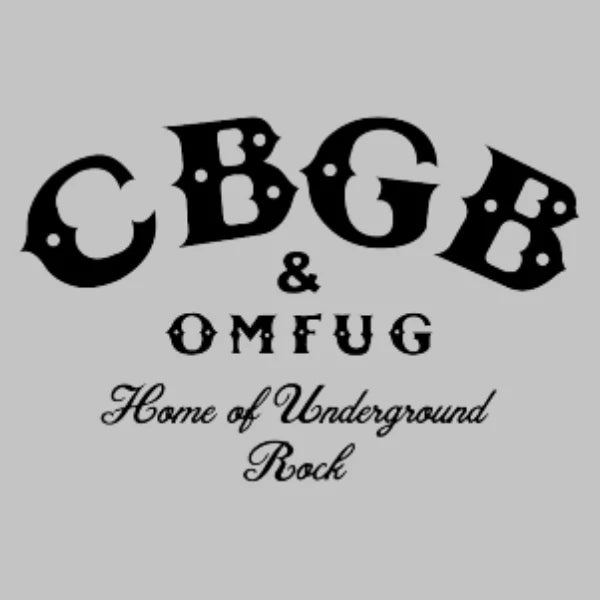
The Birthplace of Punk: A Dive into CBGB's Legendary
Share
A Rough Start
In the heart of Manhattan’s Bowery district, a grimy dive bar opened its doors in December 1973. Hilly Kristal, a man with a vision and an ear for raw talent, named it CBGB & OMFUG, which stood for "Country, Bluegrass, Blues and Other Music For Uplifting Gormandizers." Despite its name, it wasn’t country or bluegrass that would make CBGB famous. Instead, it became the hallowed ground for punk and new wave music.
The Punk Incubator
CBGB’s grungy, no-frills atmosphere was the perfect breeding ground for a new wave of music that rejected the polished rock of the mainstream. In 1974, a band named Television began performing regularly, setting the stage for a slew of now-iconic acts. The Ramones, with their blisteringly fast sets, chaotic energy, and leather jackets, soon followed, cementing the club’s reputation. Patti Smith brought a raw, poetic edge, while Talking Heads added an art-school quirkiness to the mix. Blondie’s Debbie Harry, with her platinum blonde hair and punk-meets-pop sound, became an emblem of the era.
A Cultural Revolution
CBGB wasn’t just a club; it was a revolution. It was where bands could play original music without compromise. The small stage, notoriously difficult bathrooms, and walls covered in band flyers and graffiti gave it a gritty authenticity. Kristal’s open-door policy for new acts allowed many to cut their teeth here, fostering a community that valued creativity over commercialism.
The End of an Era
Despite its influence, CBGB struggled financially throughout its existence. The Bowery itself underwent gentrification, and rising rents threatened its survival. In 2006, after a prolonged battle with the building's landlord, CBGB closed its doors for the last time. The final concert was a fittingly raucous affair, headlined by Patti Smith, who paid homage to the club that had launched her career.
Legacy
Though the physical space of CBGB is no more, its spirit lives on. Its influence on music and culture is immeasurable, having launched careers and defined a genre. The club has since been immortalized in countless documentaries, books, and even fashion. As a shrine to punk rock and a testament to the power of raw, unfiltered creativity, CBGB remains a symbol of rebellion and artistic freedom.
The Merchandise Keeps the Memory Alive
It's incredible that during my last visit to New York, I felt an irresistible urge as a rocker to visit the site where CBGB once stood. My experience was somewhat bittersweet. On one hand, knowing that just a few decades ago this place hosted bands that introduced me to the world of punk rock was thrilling. On the other hand, seeing that it’s now a furniture store was a nostalgic shock. Thankfully, the existence of CBGB merchandise helps keep the legacy alive and preserve the history of a venue that transformed the underground music scene in New York and beyond.
Roger Nunez
CEO Deska.site
